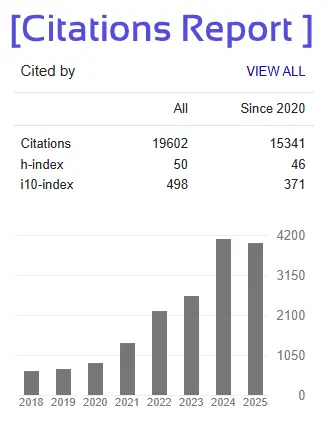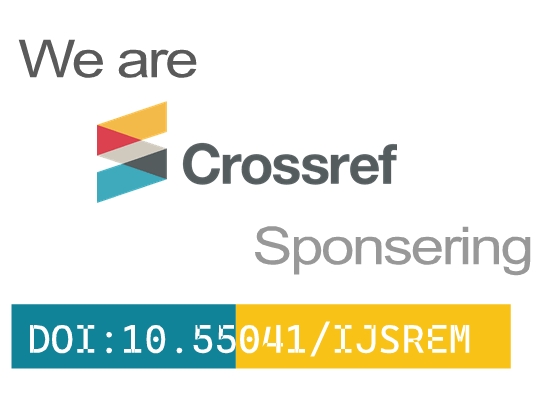Predictive Crime Analytics: A Machine Learning Strategy for High-Risk Area Identification and Crime Hotspot Prediction
Ms. Bhoomika A E1, Ms. Kavyashree G J2, Mr. Varadaraj R3
1Ms. Bhoomika A E, Department of MCA, Navkis College of Engineering, Hassan, Karnataka
2Ms. Kavyashree G J, Asst. professor, Department of MCA, Navkis College of Engineering, Hassan, Karnataka
3Mr. Varadaraj R, Asst. professor & Head, Department of MCA, Navkis College of Engineering, Hassan, Karnataka
Abstract - Crime prediction has become a critical challenge as rising crime rates threaten community safety worldwide, with traditional manual pattern identification methods proving inadequate for modern law enforcement needs. This research presents a novel real-time crime prediction system that leverages unsupervised machine learning algorithms, specifically Apriori and Apriori TID, to automatically recognize hidden patterns and correlations between different crime types. The methodology involves preprocessing crime datasets from multiple sources, using mining techniques for association rules to extract frequent crime combinations, and implementing the system as a web-based application using Microsoft technologies. The system analyzes historical crime data to generate predictive insights about future criminal activities and their interconnected relationships in specific geographical locations. Key results demonstrate the system's ability to determine the strong correlations between crime types with high confidence levels, such as correlations between robbery, kidnapping, and pickpocketing in particular areas. The comparative analysis reveals superior accuracy and efficiency compared to existing static prediction models. In contrast to traditional methods that depend on manual analysis, this automated system provides law enforcement agencies with real-time predictive capabilities, enabling proactive crime prevention strategies. The implementation as a functional web application distinguishes this work from purely theoretical studies, offering practical deployment potential for police departments.
Key Words: Data Science, Machine Learning, Crime Prediction, Association Rule Mining and the Apriori Algorithm, Unsupervised Learning.







